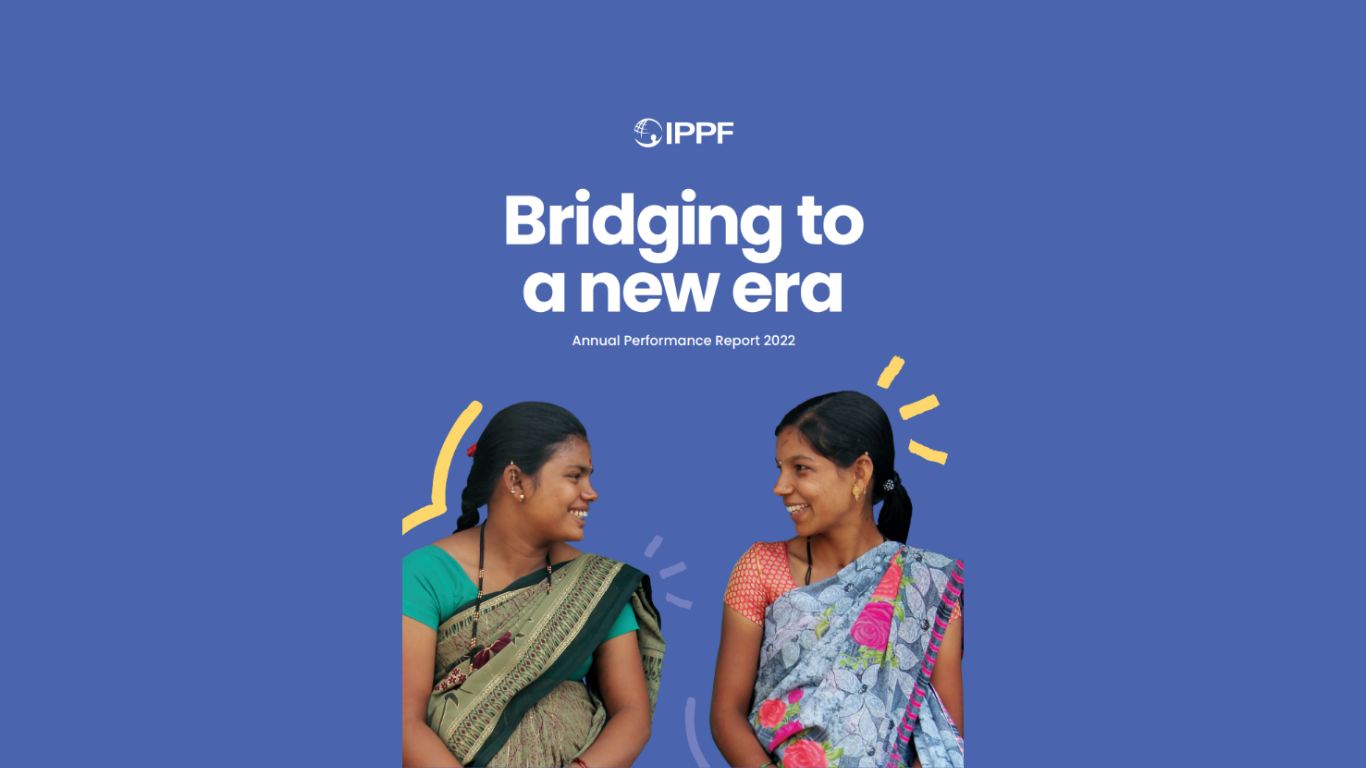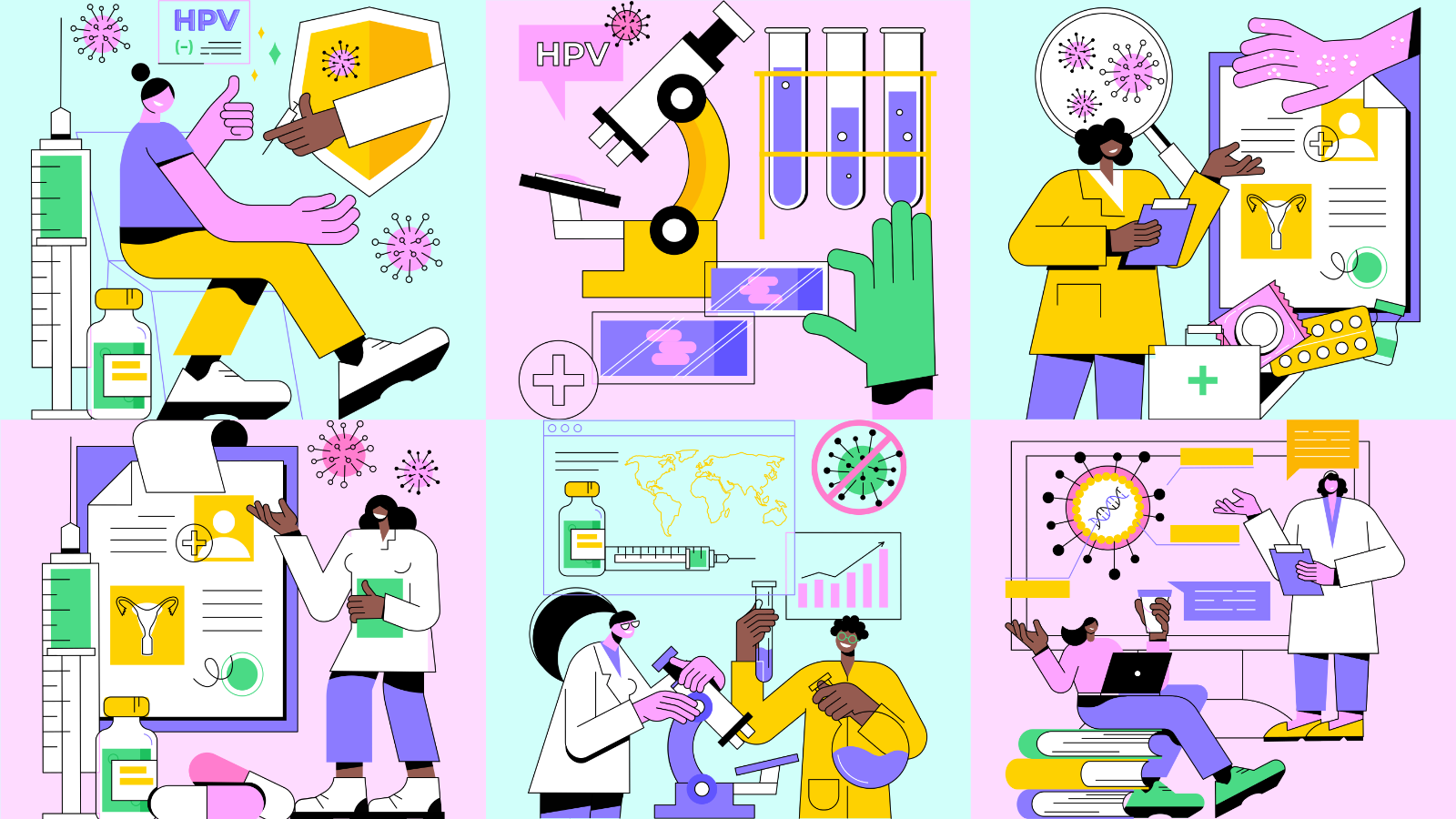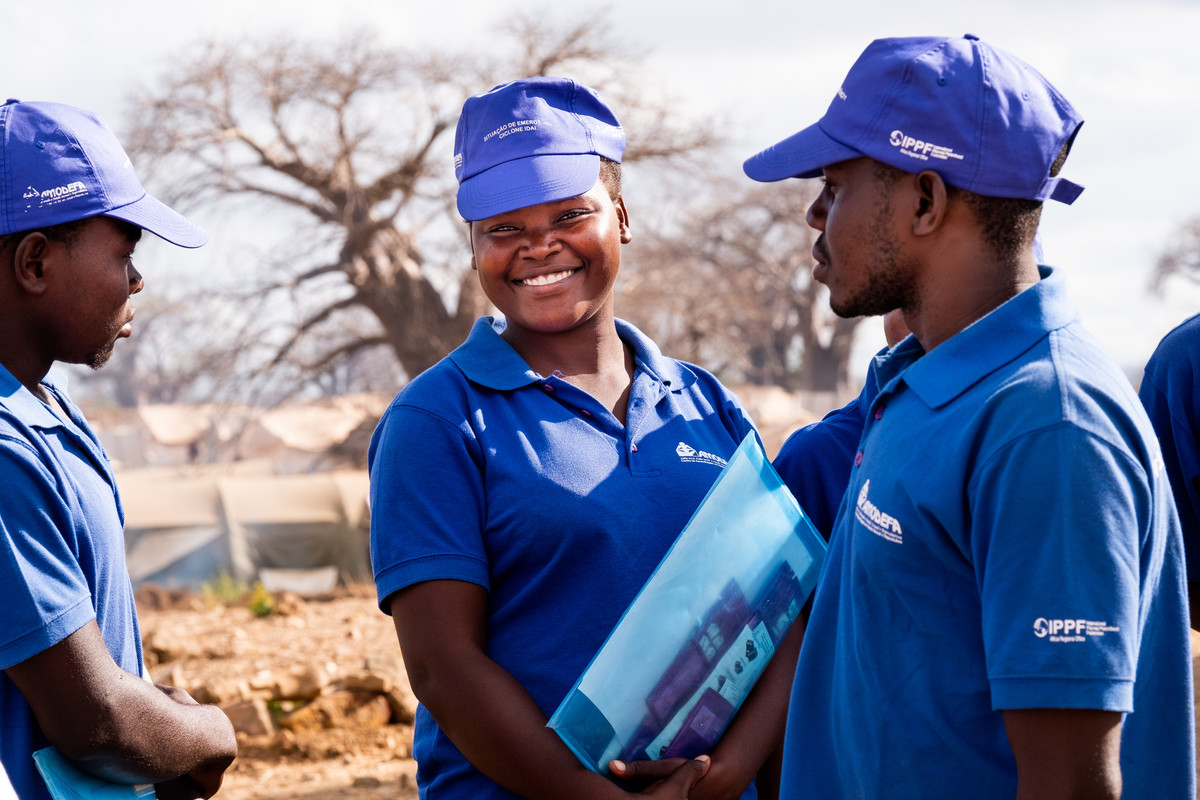Spotlight
A selection of resources from across the Federation
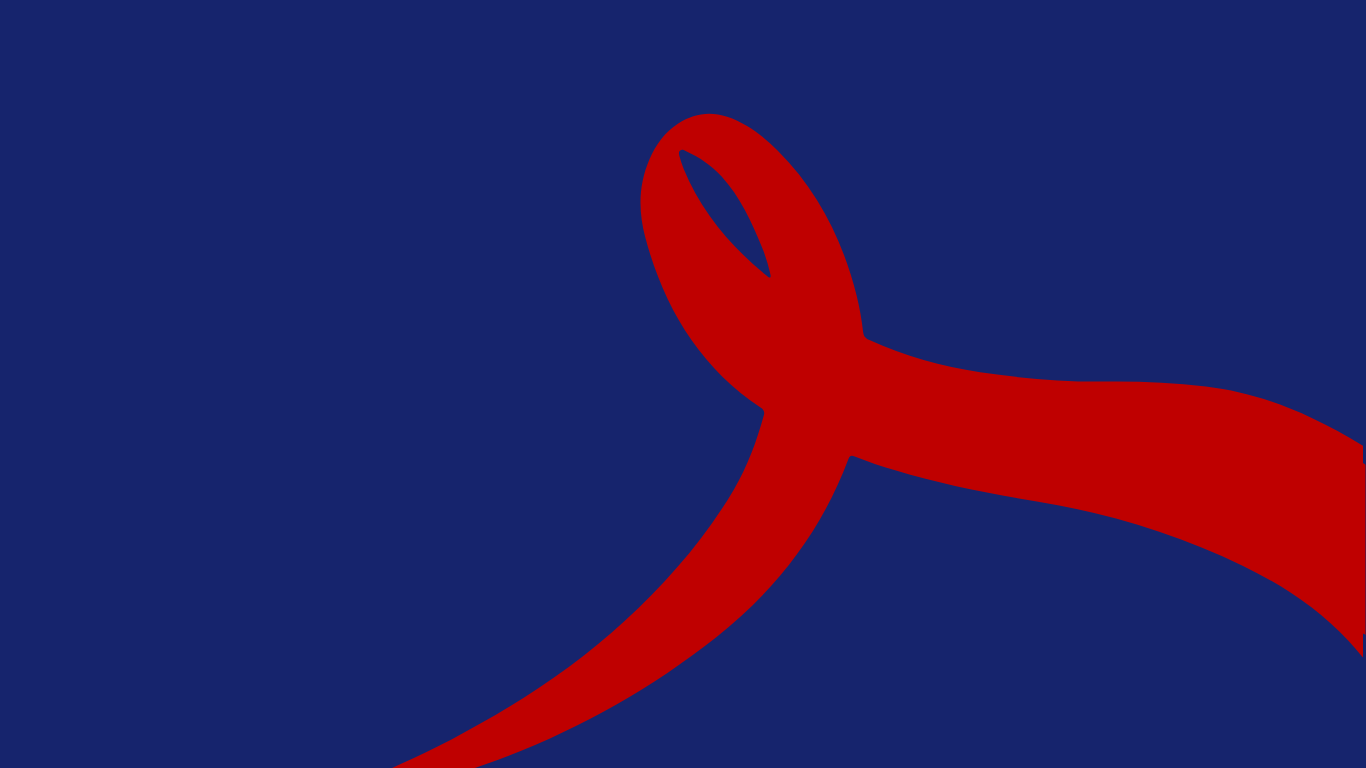
HIV Theory of Change
Our HIV Theory of Change is to clarify the goals and vision of IPPF’s HIV programme and to articulate the different pathways and strategies IPPF uses to contribute towards its HIV goals and vision.
Filter our resources by:
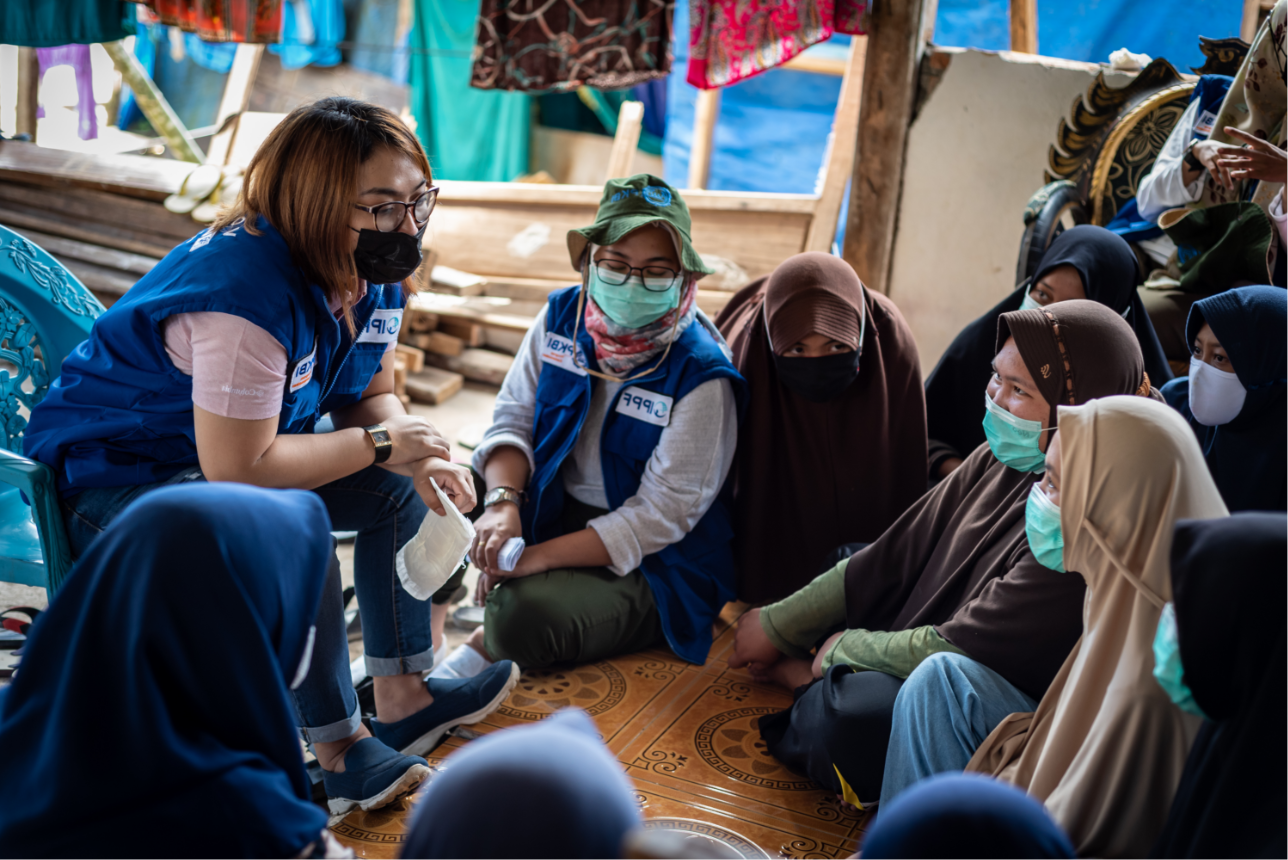
| 17 January 2020
Tanzania: Fighting back against the Global Gag Rule
In 2017, the US administration implemented the Global Gag Rule (GGR), a policy that denied funding to organizations that provided abortion care. IPPF refused to sign the policy that required us to deny women and girls the freedom to choose what happens to their body. As a result, IPPF lost $100 million in funding. Our Member Association in Tanzania – Chama cha Uzazi na Malezi Bora Tanzania (UMATI) – was forced to close 5 of its 11 clinics. But thanks to emergency funding from the Belgium government, UMATI was able to improve their remaining clinics, increase the number of qualified staff and continue to provide quality care for those who need it. Find out more about the Global Gag Rule and its devastating impact
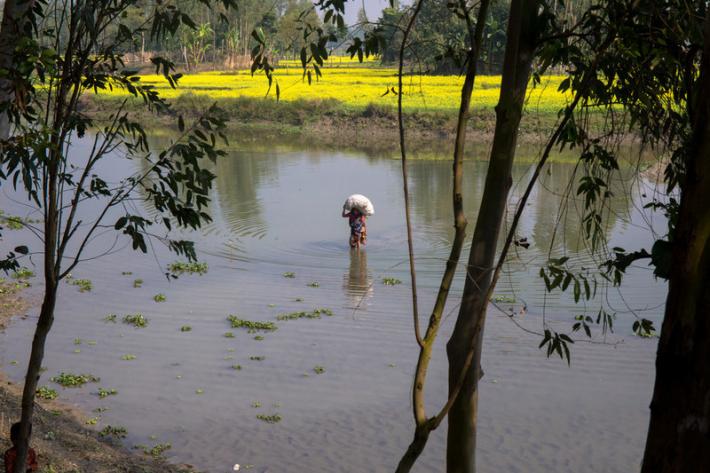
| 03 April 2019
Improving the quality and availability of post-abortion care in a humanitarian crisis
The world is facing stronger and longer natural disasters, protracted complex emergencies, conflicts and epidemics. These humanitarian crises can expose weakness in health systems, with particularly serious consequences for women and girls in need of reproductive health care. To improve the quality and availability of post‑abortion care during a flood, the University of Leicester and International Planned Parenthood Federation South Asia Region (IPPF-SAR), in collaboration with the Government of Bangladesh, developed and measured the impact of an integrated intervention package, called RHCC. First tested in a flood-prone area of Bangladesh, this novel approach includes: i) Pre-positioning medicines and supplies, using the UNFPA’s Inter-Agency Reproductive Health Kit 8; ii) Capacity building of service providers; and iii) Community awareness raising. Supported by IPPF's Innovation Programme, the project aligns with IPPF’s commitment to ensuring that crisis-affected populations receive timely, quality, life-saving, gender-responsive and inclusive sexual and reproductive health services.

| 28 September 2018
Watch: Access & Abortion: Medical abortion in Nepal
After years of progressive change by activists, advocates and organizations, abortion in Nepal was finally legalized in 2002. Legalization, however, did not mean accessibility, especially to women and girls in hard-to-reach and rural areas. That is until medical abortion became an option. Since being introduced in 2009, medical abortion (the abortion pill), is revolutionizing how women access abortion care with almost half of the abortions performed in Nepal are through the medical procedure. Through clinics, outreach programmes, workshops and peer educators, our Member Association, Family Planning Association of Nepal are ensuring women and girls in hard-to-reach and rural areas know their abortion care options.

| 27 September 2018
Watch: What is surgical abortion?
Watch our surgical abortion explainer video to find out more about the procedure. Please note this is a brief overview of surgical abortion. Contact your local healthcare provider to discuss further details and options available to you.
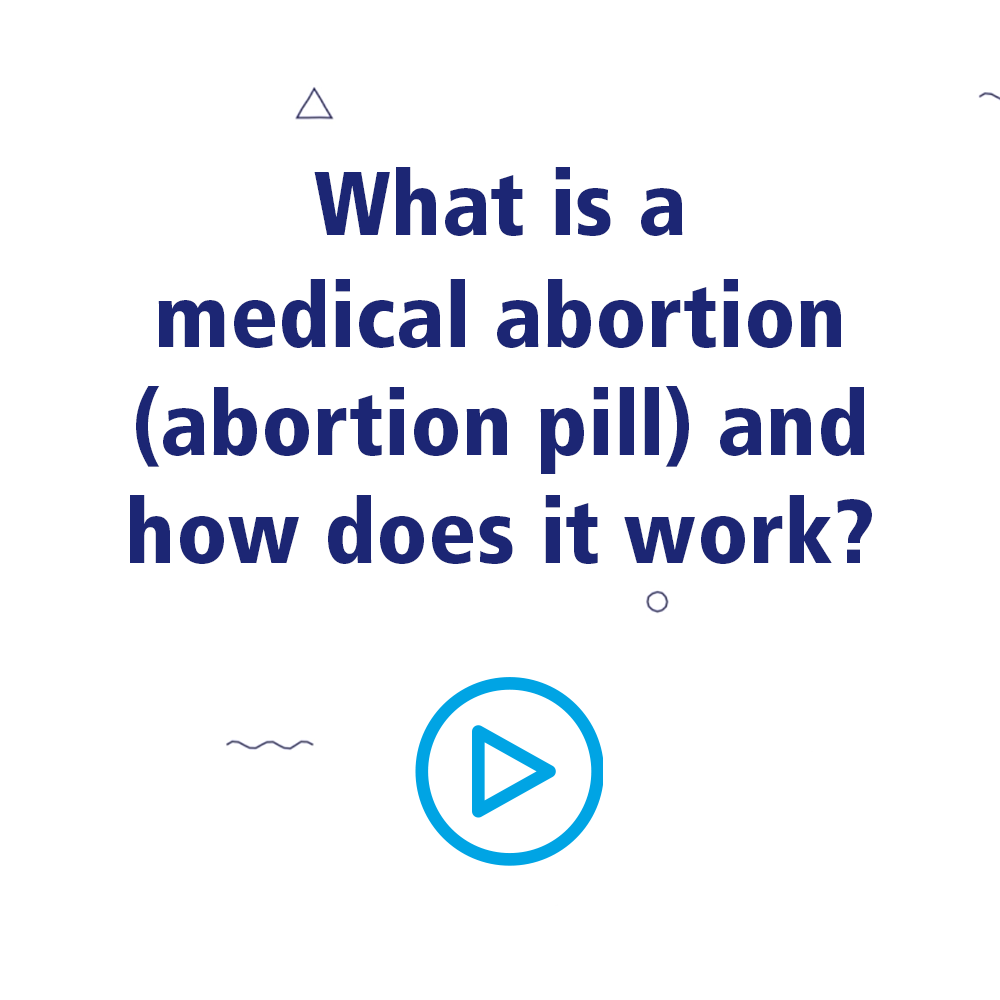
| 27 September 2018
Watch: What is medical abortion?
Ever wonder how medical abortion also known as the 'abortion pill', works? In this explainer video, we go through the steps of what to expect during a medical abortion. Please note that this video is an overview of the procedure. For further details on medical abortion, contact your local healthcare provider.
| 22 November 2017
How to report on abortion - A guide for journalists, editors and media outlets
The way abortion is presented in the media can have a major influence on a person's opinion on abortion. This guide has been written for those working in the media to encourage accurate reporting of the facts about abortion, and honest portrayals of abortion as part of real people’s lives and relationships. Produced in collaboration with the International Campaign for Women’s Right to Safe Abortion.











